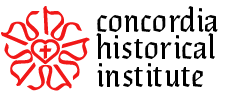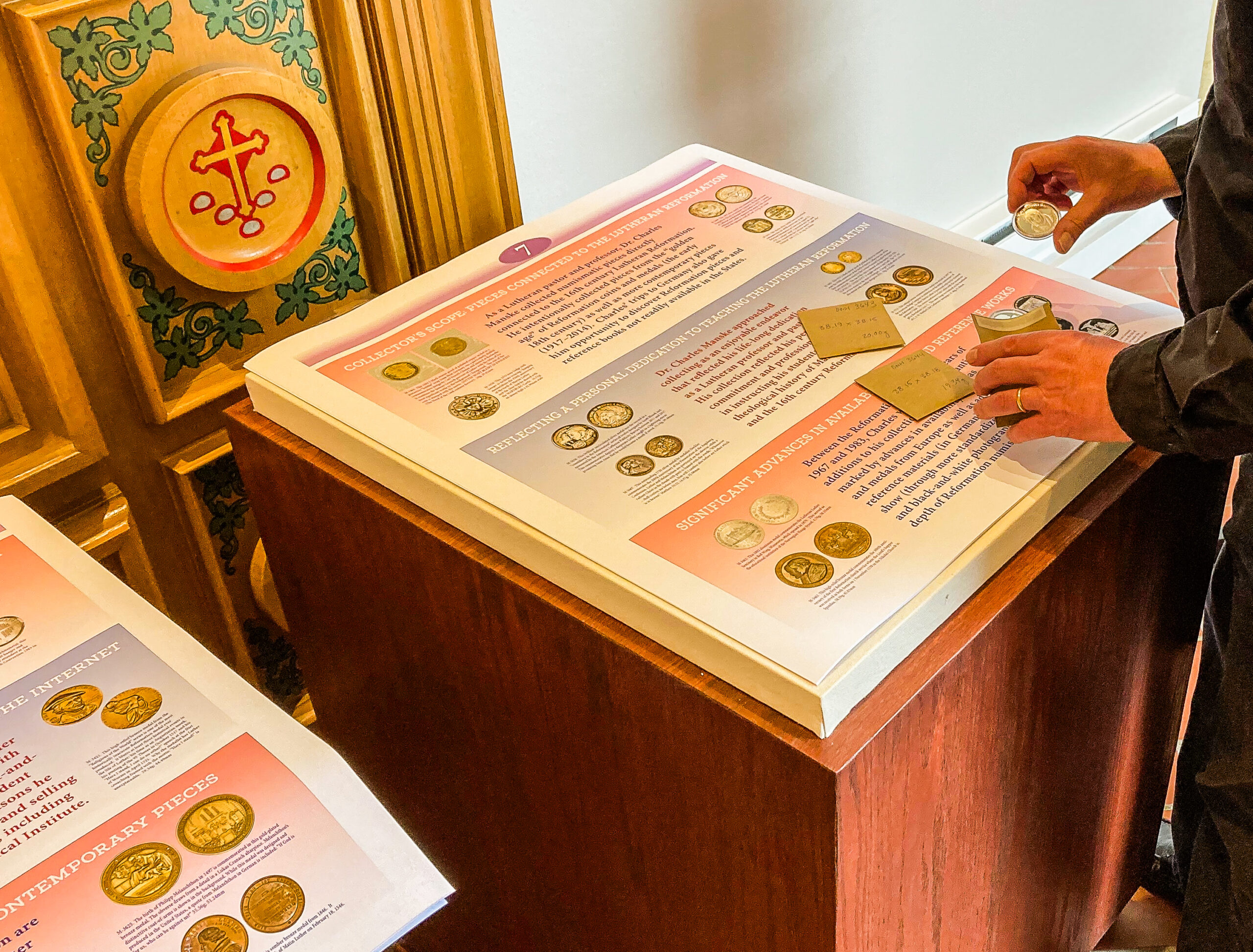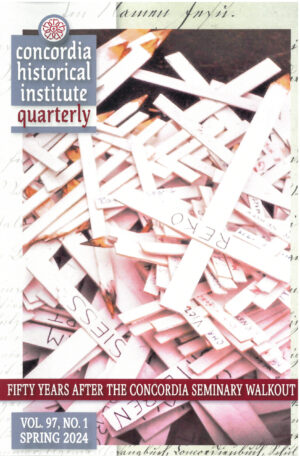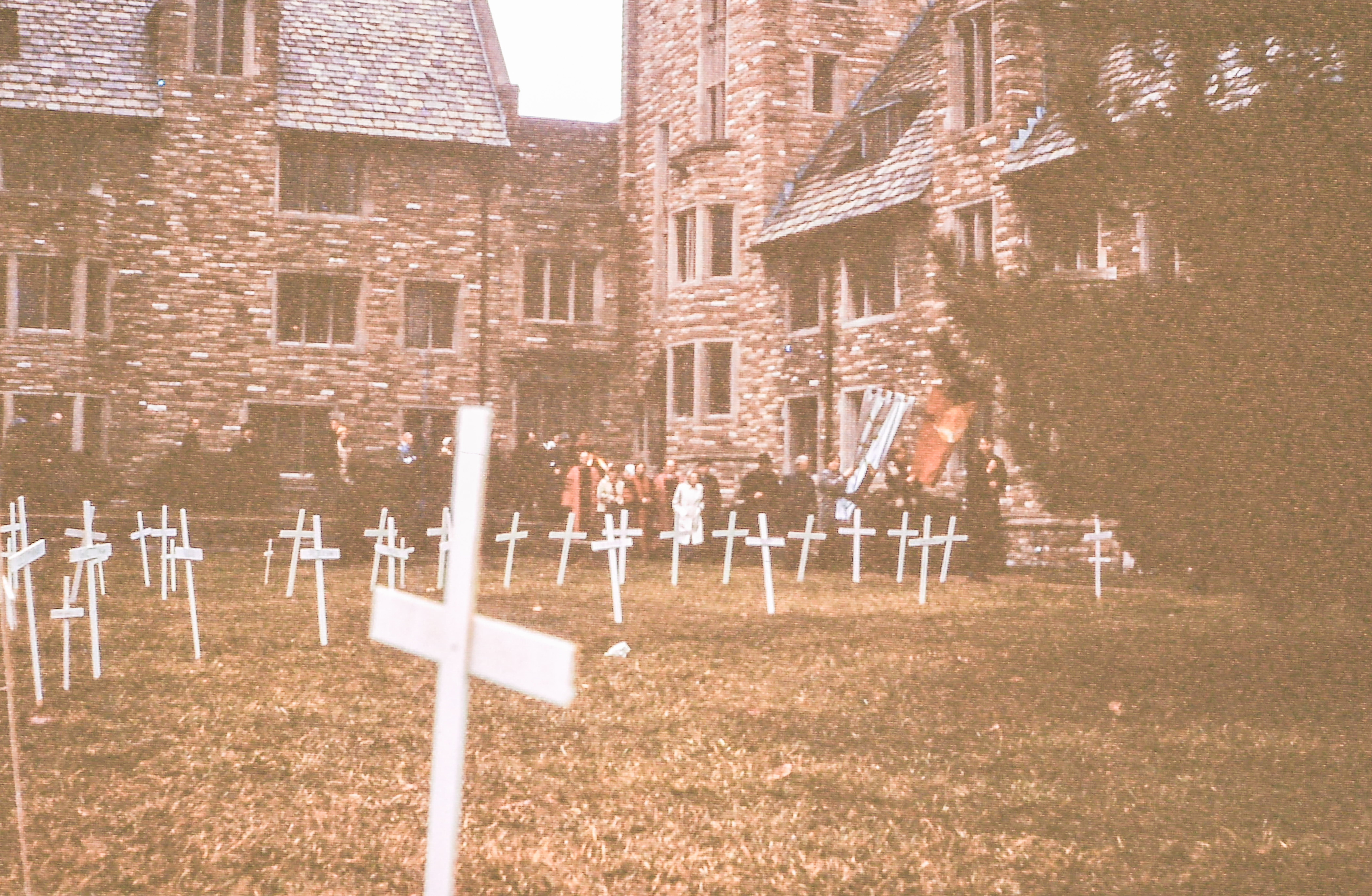Service Bulletin #4a
The printed book is one of humankind’s greatest achievements. An exciting history of communication — of language and copying — preceded its development, and its presence has changed our world.
Douglas C. McMurtrie, in The Book (1943), states that “books were not made more beautiful by the invention of printing…but by use of the new process beautiful books were produced in quantity and through wider consequent circulation became — instead of decorations on the shelves of the wealthy and powerful — vital forces in molding the thought of the people.”
Today we often take books for granted, as just another source of information. Books are complicated objects, though, composed of a variety of materialism their binding, adhesives, and paper. Increasing production of books over the centuries led to the use of cheaper, more available materials in their construction. Thus from sturdy, revered, and honored objects in the fifteenth century, books have now found themselves in the dubious position of self-destructing by virtue of their physical make-up, primarily wood pulp-based paper introduced in the mid-1800s, and by cardless treatment on our part.
A growing awareness of these facts has stilulated interest in the development of technologies to retard the disintegration of the books on our shelves and encourage permanent paper use in publishing.
We recommend the following measures, listed on the reverse side, to extend the life of your collection of books — and ours. These measures are designed to slow the process of deterioration. Any active conservation practices should be done by a professional conservator.
— Missouri State Archives
600 W. Main St.
P.O. Box 778
Jefferson City MO 65102
The Environment
- Minimize temperature extremes. Ideals are no higher than 70 degrees F with 50 percent relative humidity.
- Avoid attics, basements, outbuildings and areas around water pipes as storage areas. Such environments lead to mold and mildew.
- Avoid ultraviolet rays. These are present in all light (sunlight and artificial bulbs). Ultraviolet light can fade writing and darken paper, weakening the material in the process.
- Avoid food and drink. The presence of these items draws insects and rodents and can stain books.
- Avoid dirt. A clean environment is a preventive measure for book preservation.
- Store on metal or sealed wooden shelves. The acid in the wood can destroy the cellulose fibers in paper.
Handling Practices
- Shelve vertically. Leaning causes stress and can distort the book spine. Large books can be stored horizontally or on the spine (not on the fore edge).
- Avoid crowding. Tight packing can crack spines, and damage to books can occur while being retrieved.
- Retrieve from shelves carefully. Pulling on head cap can tear it. Push books in a little on either side first and pull from the middle of the book.
- Use a flat bookmark to mark your place. Using a book as a filing cabinet damages the binding. Metal clips, bulky objects and turning down corners must be avoided.
- Never write in a book or tape it. Inks and tapes are damaging.
- Avoid using the book as a surface upon which to take notes. The impression made under your paper damages the book.
Other Measures
Copying. Do not press spine against photocopier. The spine will break.
Be aware. Know how you are handling your book.





